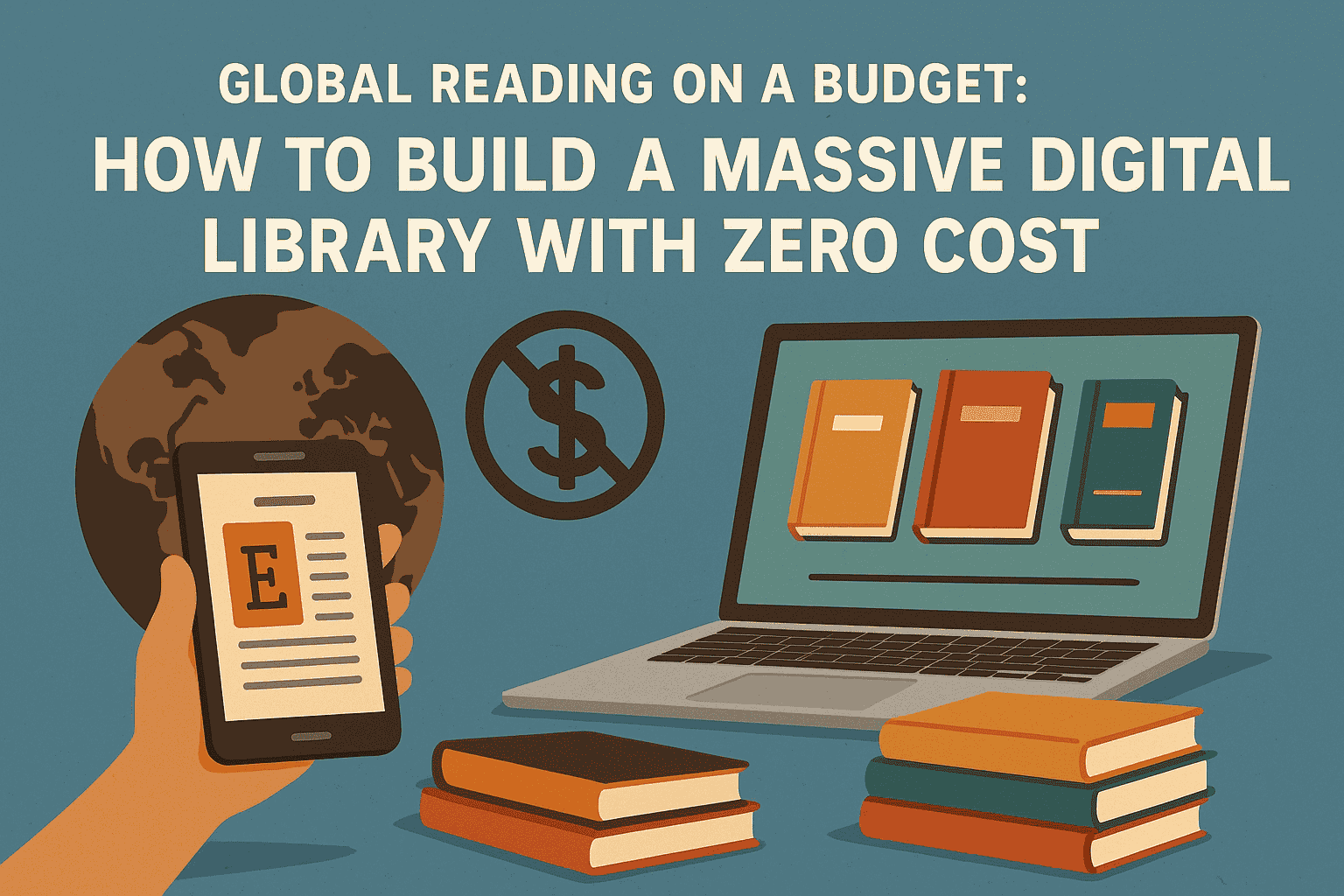How do you write when you don’t have time
How do you write when you don’t have time – Finding the time to blog is a recurring challenge for many marketers. Marketers often wear many hats and it can be difficult to focus long enough to produce quality articles when you are pressed for time.
How do you write when you don’t have time? We spoke with the author and marketing expert David Merman Scott On how to avoid common time management mistakes by developing a routine.
Blogging time management
Blogging time management refers to the ability to make efficient use of your time blogging and content creation. This could be as simple as creating a schedule for getting your blogging tasks done on a weekly basis and figuring out what times of the day you are most productive.
No matter what you have on your marketing board, it won’t be done without proper time management. Learning how to make the most of your time will greatly affect your productivity and overall success as a blogger.
Why is blogging and time management important?
When it comes to content creation, maintaining consistency is key. This is why time management in blogging is so important. You may not always feel motivated to create on a regular basis, but creating a schedule will help you stay consistent with your blog’s output.
For example, you may find that you are better at writing in the morning. So you can set aside 2-3 hours each morning to work on writing depending on how many articles you want to produce each week.
Create a content calendar to help you plan your content in advance and set reasonable deadlines. Make a note of holidays or seasonal events that may affect your content schedule.
Organizing will help you set and achieve your blog goals. If you are starting from scratch, check out A guide to starting a blog.
How do you write when you don’t have time
1. Use blog templates.
An easy way to start the creative process is to start with a template. Why suffer from a writer’s block staring at a blank document if you don’t have to? HubSpot Free Blog Post TemplatesIt can help you format your article and start writing faster than starting from scratch.
Templates act as an easy to follow outline where you can organize your ideas and start fleshing out your content. HubSpot’s offering includes six templates that range from how-to posts to basic pages and infographics.
2. Develop a blogging routine.
In many ways, blogging reminds David of exercise. In order to succeed in this, you will need to develop a routine. “She’s programmed,” says David. “It’s about building it into your life and making it second nature, like running in the morning or doing yoga after work.”
Set aside time each day to write, or set aside one or two days to write a week. Block time on your calendar and turn off messaging apps to avoid interruptions while typing.
Once you become organized and establish a routine, you may find that you have more time to write than you previously thought.
3. Keep a list of ideas.
One way to save time coming up with content is to make sure you always have a playlist of new ideas to work with. This way you won’t be scrambling at the last minute for worthwhile topics.
Create Topic groupsIt can help you craft your blog’s content strategy. a Thread blockThey are multiple articles grouped by a common topic or related topic. For example, you might have a single pillar page that gives a broad overview of a topic. From there, you can create more in-depth and specific articles on related subtopics.
Not only will it help you plan the content, but it will also help you organize the structure of your site.
4. Do your research before writing.
It’s a lot easier to write when you have all the relevant information you want to include in one place. Research your chosen topic before sitting down to write and organize the information into a quick outline.
include any Keyword searching the process so you can ensure that your content matches what your readers are looking for online. This way when you sit down to write, your only job is to write – not to search for new facts.
5. Do not edit while writing.
When writing, it is very tempting to stop and make corrections. Do not do this. It breaks your writing flow.
Instead, write an initial draft so that it comes to your mind first. Follow your train of ideas without stopping to fix typos or edit. The goal is just to get your ideas on the page. Once you’ve written your initial draft, you can always go back and make changes.
6. Make item updates.
Another strategy is to build on existing content by making an article update. Updating your old content is not only good for SEO and your readers, but it can be a quick win for adding new content in times of crisis.
With older content, you may need to include additional research and update it for accuracy, but it generally takes less time than writing a new article from scratch. Review your current content. Are there articles you can dig into? Were there developments in the industry that you could include? Is there a new angle to explore?
7. Find content ideas wherever you go.
By making blogging a routine of life, you will come across creative content ideas frequently. Stay open, notice new things that interest you personally and find ways to turn them into fodder for a blog post. By noticing the dynamics of the world that get you excited and relating them to your audience, the blogging process becomes more natural and fun.
Collect content ideas from different situations in life and find ways to apply them in your field.
8. Hire a freelancer.
Sometimes the workload is too heavy and your efforts can be better used elsewhere. If you have the resources and budget to do so, then outsourcing may also be a great option.
Sites like Upwork, Contenta, and MediaBistro make it easy to find writing professionals. If you are looking to create content on a larger scale, consider working with a content agency.








